tooth resorption cats stages
TOOTH RESORPTION IN CATS Pathophysiology and treatment options Practical relevance. Stage 1 TR 1.
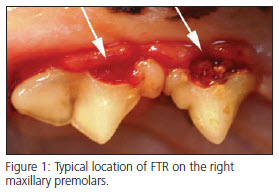
Feline Tooth Resorption Montana Pet Dentistry Oral Surgery
Stages of Tooth Resorption in Cats.

. Teeth from TR cats were much more likely 60 to have microscopic resorptive lesions than teeth from TR-free cats 8. Resorption lesions are graded on a scale of I-V according to the amount of tooth that is lost with Grade I being mild and Grade V being severe. Stage 1 lesions affect the cementum or cementum and enamel but have not yet progressed into the dentin.
Tooth resorption is characterized by severity stage and radiographic appearance type. Clinical and Radiographic Examples Stage 4b. Back to top Causation Tooth resorption results in the loss of tooth structure starting with the outer enamel surface usually at or below the gumline.
Full page photo Author. The lesion is usually minimally sensitive because it has not entered the dentin. This will look like a little red patch on their gums.
Times it is up to the veterinarian or astute owner to diagnose tooth resorption. Routine radiography is required for timely diagnosis as clinical visual and tactile methods only detect late-stage lesions - that is when they become evident in the crown. Classification of Tooth Resorption.
Look for red localized areas of gingivitis. This tissue which communicates with the rest of the animals body is surrounded by a bony substance called dentin which accounts for the bulk of the tooths structure. All information is peer reviewed.
Over time all areas of an affected tooth may become involved. In stage 4 this deterioration causes the tooth to weaken and break up. Granulation tissue may be.
Five stages of tooth resorption are recognized in cats. Stage 2 lesions affect the dentin but have not yet progressed into the pulp cavity. In stages 1 and 2 of the disorder lesions resembling cavities form on the enamel and work their way into the cementum layer of the tooth.
Stage 1 resorption presents with only mild clinical evidence of hard tissue loss and is rarely detected. As hunters cats are more accustomed to hunting their food and eating little bits throughout the day. Tooth resorption in cats is prevalent affecting 28 to 68 of mature cats depending on the population researched.
In general practice tooth resorption in cats and dogs is commonly classified in 2 ways. Veterinarians evaluate each tooth to determine the type and stage of each lesion. Tooth resorption cats stages Saturday February 26 2022 Edit.
Stage 4c - diagram illustration relating to dogs including description information related content and more. What Is Tooth Resorption In Cats. Your veterinarian will obtain intraoral radiographs to assess the type of resorption.
Within each of a cats teeth is a chamber root canal that contains tissue made up of blood vessels lymphatic vessels and nerves. These microscopic lesions were all located at the mid root or apical portion of the root and were not associated with inflammation. 4 Anatomic Classification Inflammatory or Noninflammatory.
When resorption progresses into the pulp chamber nerve. All types of teeth in the feline dentition may. There are five recognized stages of tooth resorption.
Healed cemental lesions covered by intact periodontal tissue was seen in some cases. Cats are not naturally prone to scarfing down a big meal for the day. Anatomic extent of the lesion stages for record-keeping purposes and radiographic appearance types to assist with treatment decisions.
Endodontic treatment interferes in tooth resorption induced by. AVDC Description of Tooth Resorption Stages Stage 1. There are different types and stages of tooth resorption in cats depending on the severity.
AVDC Tooth Resorption Stages. Tooth resorption has been classified based on the extent and location of the resorption. There are five stages of tooth resorption that progress from a small amount of tissue loss to severe tissue loss that extends into the tooth until only remnants of dental tissue remain.
Some radiographic evidence is detectable such as a change in the dentin. In a condition known as a tooth resorption formerly referred to as feline. One of the most obvious signs of teeth resorption in cats is a red area of gingivitis on one or two of your cats teeth.
Feline tooth resorption progresses through several stages. Resorptive lesions can occur at any age and in any breed of cat. If you see this its likely a sign of teeth resorption.
With Type 2 tooth resorption a technique known as crown amputation with intentional root retention is appropriate. In stage 5 most of the tooth has been destroyed leaving. Tooth resorption can be difficult to detect with cats often masking signs of oral discomfort or pain.
Tooth resorption is a process by which the dentin a hard tissue that lies beneath the enamel of the tooth in a tooth or teeth erodes and eventually becomes irreparably destroyed. In stage 3 the deterioration penetrates the dentin to the pulp. Cats with clinically missing teeth have also been found to be more likely to have tooth resorption.
Mild loss of dental hard tissue cementum or cementum and enamel Stage 2. Tooth resorption ranges from stage 1 to stage 5 with stage 1 being the least amount of discomfort to stage 3 and 4 being the most painful and having the most destruction of the tooth. Some cats with tooth resorption also have generalized oral inflammation or stomatitis.
In stage 2 the lesion penetrates enamel and dentin. Moderate loss of dental hard tissue cementum or cementum and enamel with loss of dentin that does not extend to the pulp cavity. This led to the hypothesis that given enough time all teeth of affected cats will develop tooth resorption.
Tooth resorption is common in the domestic cat and the incidence has been reported to increase with increasing age. There is no specific identifiable cause for tooth resorption in cats but contributing factors such as periodontal disease Feline Immunodeficiency Virus FIV and genetics may be present. 1 One study found histologic evidence of resorption in all teeth among cats with at least one resorptive lesion.
With Type 1 tooth resorption both the crown and root need to be extracted. Initially in stage 1 only an enamel defect is noted. 2 External tooth resorption or root resorption is.
Treatment is guided by the radiographic appearance of the tooth resorption.
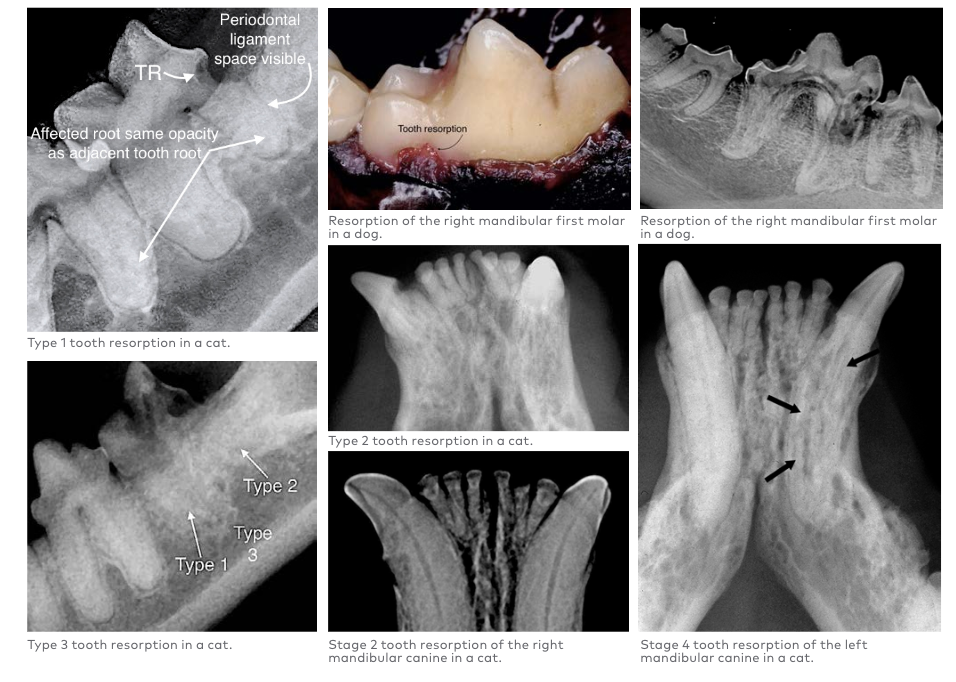
Classifying Tooth Resorption In Cats And Dogs Dvm360
Tooth Resorption In Dogs And Cats Vetbloom Blog

Feline Tooth Resorption Today S Veterinary Practice

Feline Tooth Resorption Aztec Animal Clinic
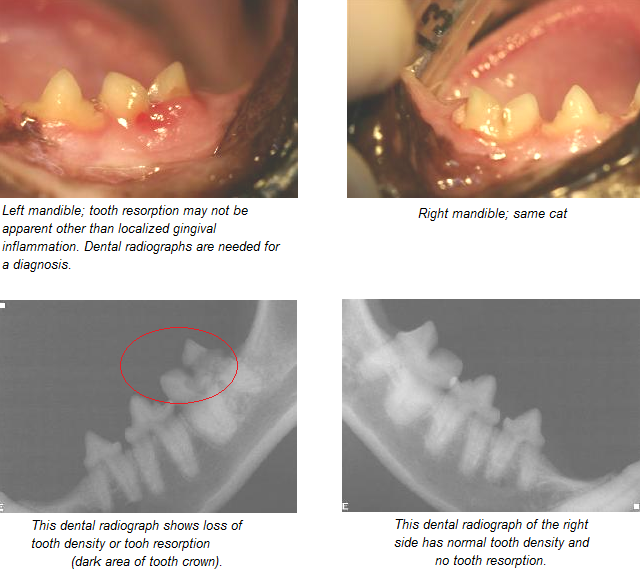
Feline Tooth Resorption Treatment Adcounsel Com Pk
Tooth Resorption In Dogs And Cats Vetbloom Blog

External Tooth Resorption In Cats Part 2 Therapeutic Approaches Today S Veterinary Practice
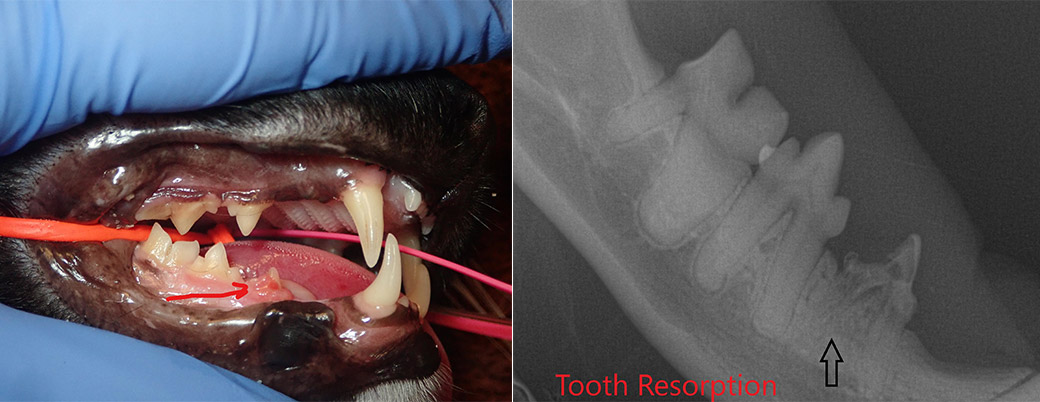
Feline Tooth Resorption Dental Disease In Cats
Tooth Resorption In Dogs And Cats Vetbloom Blog
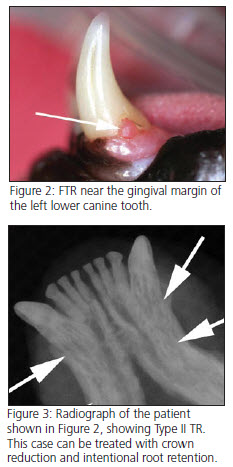
Feline Tooth Resorption Montana Pet Dentistry Oral Surgery
Tooth Resorption In Dogs And Cats Vetbloom Blog

Dental Trivia For Cats Broad Ripple Animal Clinic

External Tooth Resorption In Cats Part 2 Therapeutic Approaches Today S Veterinary Practice
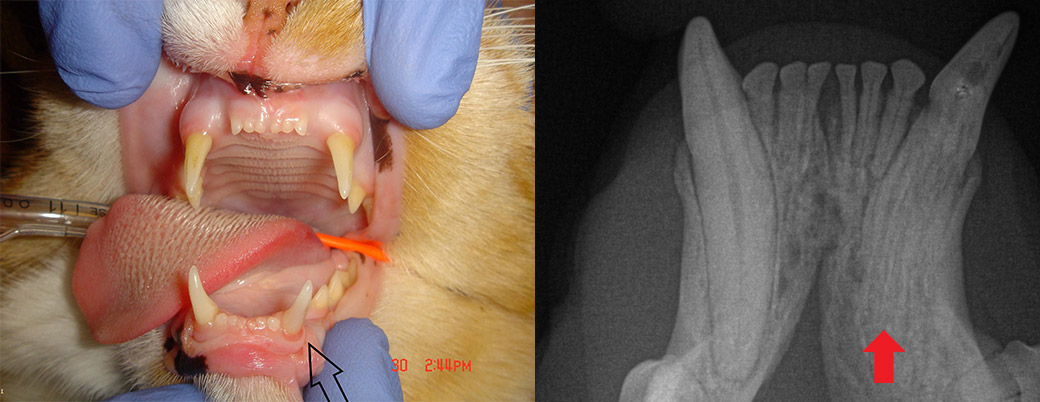
Feline Tooth Resorption Dental Disease In Cats

External Tooth Resorption In Cats Part 2 Therapeutic Approaches Today S Veterinary Practice

Artstation Feline Tooth Resorption

